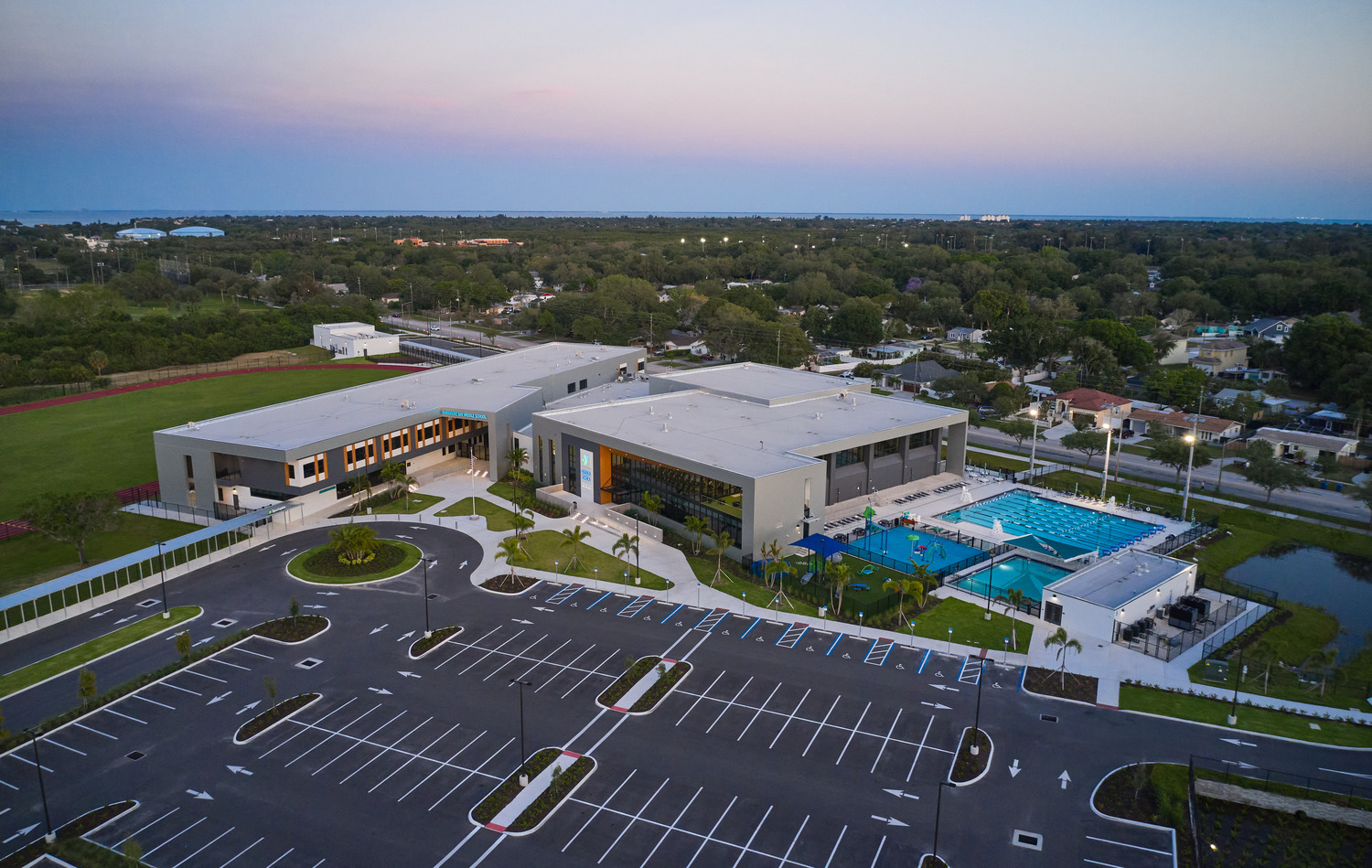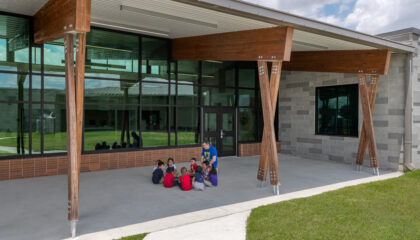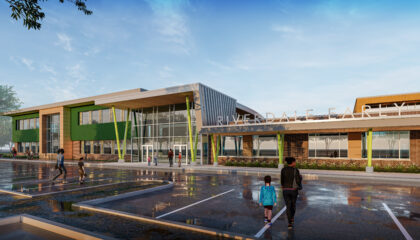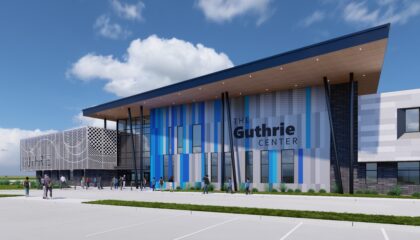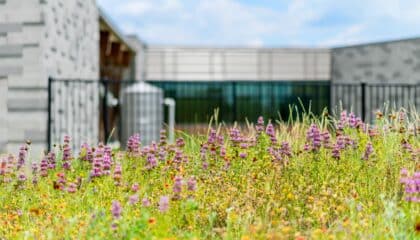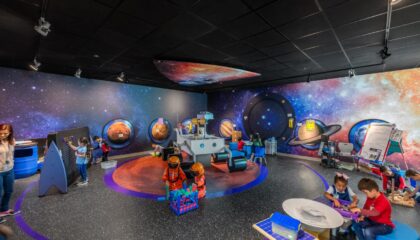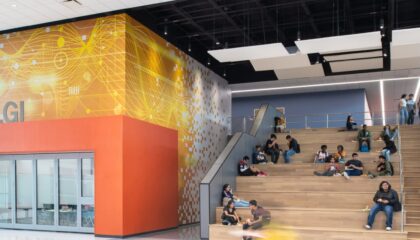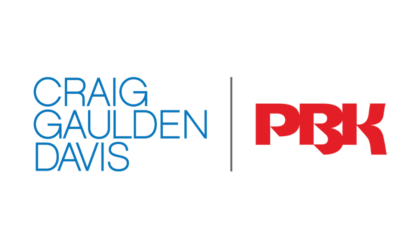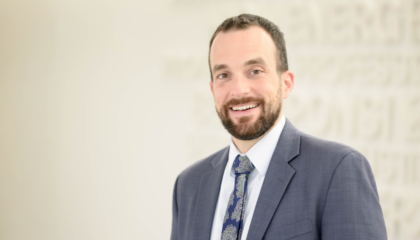PBK News
Stay up-to-date on the latest happenings around PBK and our Family of Companies. Explore exciting project updates, inspiring stories, and valuable industry insights curated by our team.
-
Press Releases
Craig Gaulden Davis Announces New Partnership with PBK
-
Press Releases
PBK Names James Uhl as CEO
